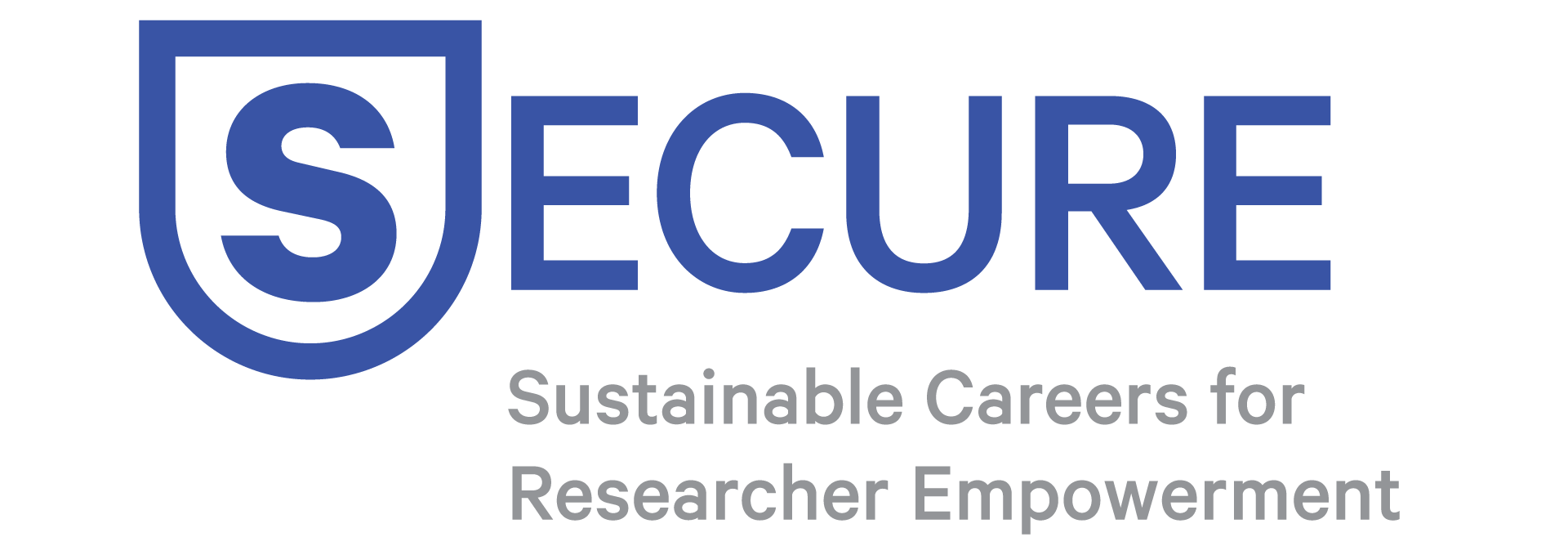In a rapidly changing landscape of global research and academia, competition for highly talented researchers is reaching new heights. The European Research Area (ERA) is striving to remain at the forefront of scientific excellence, and it recognizes the pivotal role of recruiting and retaining top research talent. However, the journey to sustaining the ERA’s research prowess is not without its challenges.

One of the key issues in this competitive arena is the asymmetrical international mobility of researchers. Over the last few decades, studies have shown a notable increase in interstate mobility, especially among Ph.D. candidates and postdoctoral researchers. A range of factors influence this mobility, including imbalances in academic career opportunities and working conditions on a European and global scale. A concerning trend is the growing gap between the availability of positions in academia and the number of researchers, which often forces highly talented individuals to explore career opportunities beyond the traditional academic path. This departure from academia and, in some cases, one’s home country, may have detrimental effects on research and innovation potential. In essence, it weakens the ERA’s global standing.
Despite the positive strides made by the ERA, the problem of asymmetric international researcher mobility persists within Europe. Researchers tend to migrate from south to north and east to west, a pattern particularly evident in EU member states with below-average investments in research and development (R&D). While international mobility offers numerous benefits, concerns about “brain drain” are rising at the policy-making level. Additionally, structural, institutional, and national boundaries continue to hinder researchers’ career prospects and mobility opportunities within Europe. Addressing these challenges is crucial to enhance the ERA’s appeal and career paths in academia. Policymakers, national research universities, and higher education institutions across Europe must invest in human capital and implement measures that ensure stable, competitive, and attractive career trajectories.

In pursuit of these goals, several European higher education organizations have turned their focus toward the implementation of alternative academic career models. One such model that has gained particular attention is the tenure track system. The main characteristic of this system is a fixed-term contract that offers the perspective of a tenured, permanent position at a higher level.
The tenure track system is considered an academic career model that can enhance the appeal of the research profession and promote researcher mobility. It signals to early-career researchers, even at the start of their journey, the possibility of a permanent position at a research university if their performance meets the expectations. The tenure provides secure, reliable, and transparent career paths for academics, especially those facing the challenges of balancing work with family responsibilities. Moreover, the tenure track system can play a pivotal role in promoting gender equality in academia. Research findings reveal gender biases in academic appointments, promotions, and income levels. Implementing tenure track systems could be a potential remedy to address these inequalities by promoting merit-based promotions rooted in research performance and productivity.
Tenure track positions could provide greater job satisfaction by offering predictable career paths, reducing uncertainty among researchers, and making academic careers more attractive. Despite these benefits, the challenges of implementing tenure track systems across Europe are still significant. Legislative barriers exist in some countries where current regulations do not allow such solutions, although positive changes are slowly occurring. Cultural barriers pose a notable challenge, with some viewing the tenure track system as incompatible with traditional academic structures. Financial concerns are raised as well, with questions about funding sources and potential biases in the field-specific funding.
As Europe strives to lead in research and academia, the tenure track system offers a promising tool for attracting and retaining top talent, promoting gender equality, and enhancing job satisfaction for researchers. It represents a pathway toward a stronger and more competitive European Research Area but requires overcoming many challenges and establishing standardized guidelines to ensure a balanced flow of researcher mobility within the continent.



